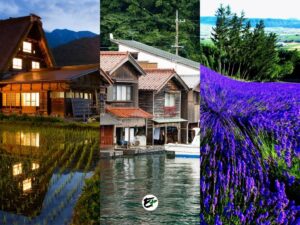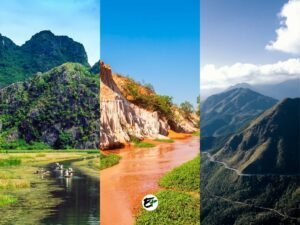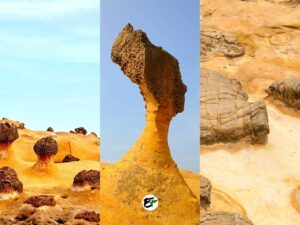Most Beautiful Lakes In Japan w/ Views Of Mount Fuji & More
I love lakes. They are so beautiful and good for us. They helped me a lot when I was stressed and anxious at work. They’re like a miracle to me!
Since we are going to visit Japan soon and I like to visit one or two of the country’s lakes, I decided to create this post. You’ll find everything that I’ve discovered about the lakes in Japan here. I’ll show you 14 of the most amazing lakes in Japan, in my opinion, and tell you where they are and what makes them special.
If you’re going to Japan and you like lakes, too, you’ll find this blog post useful.
This post contains affiliate links. I may receive a tiny commission at no additional cost to you.
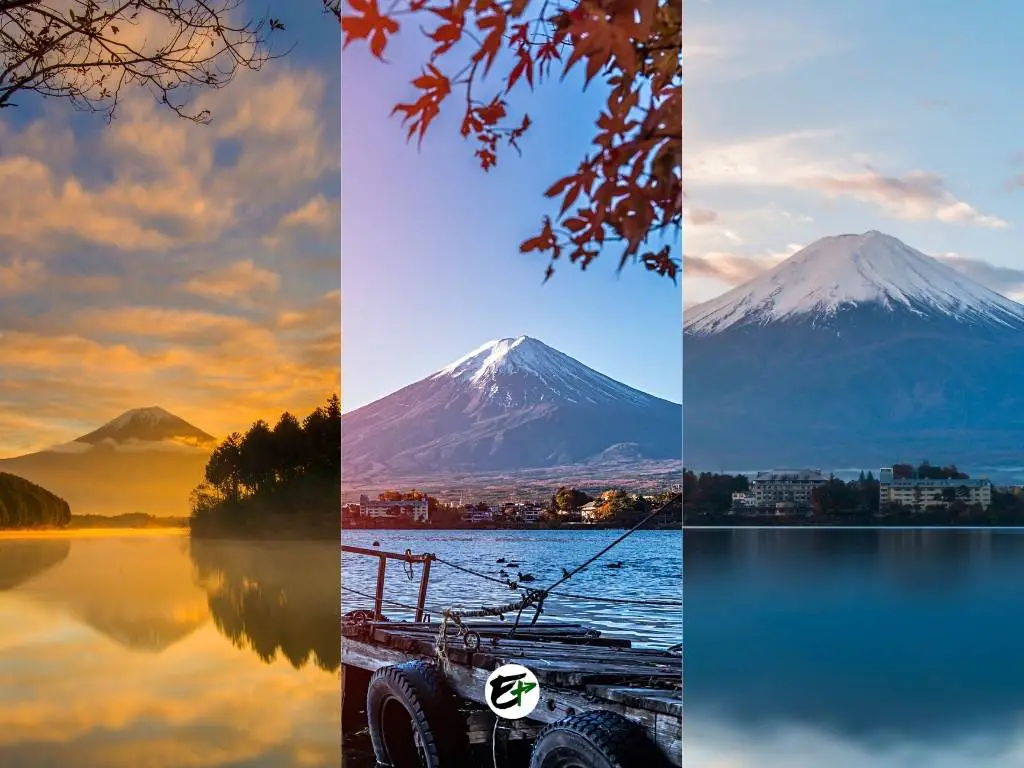
Use the table of contents to skip to topics.
After researching, I realized that there are three kinds of lakes in Japan that I dream of seeing: a lake with a view of Mount Fuji, a lake with a view of another mountain in Japan, and a lake with extraordinary beauty. That is how I categorized the lakes that you’ll discover here. And if you want to visit the lakes, practical information are linked at the end of this post.
Check out my other articles about Japan.
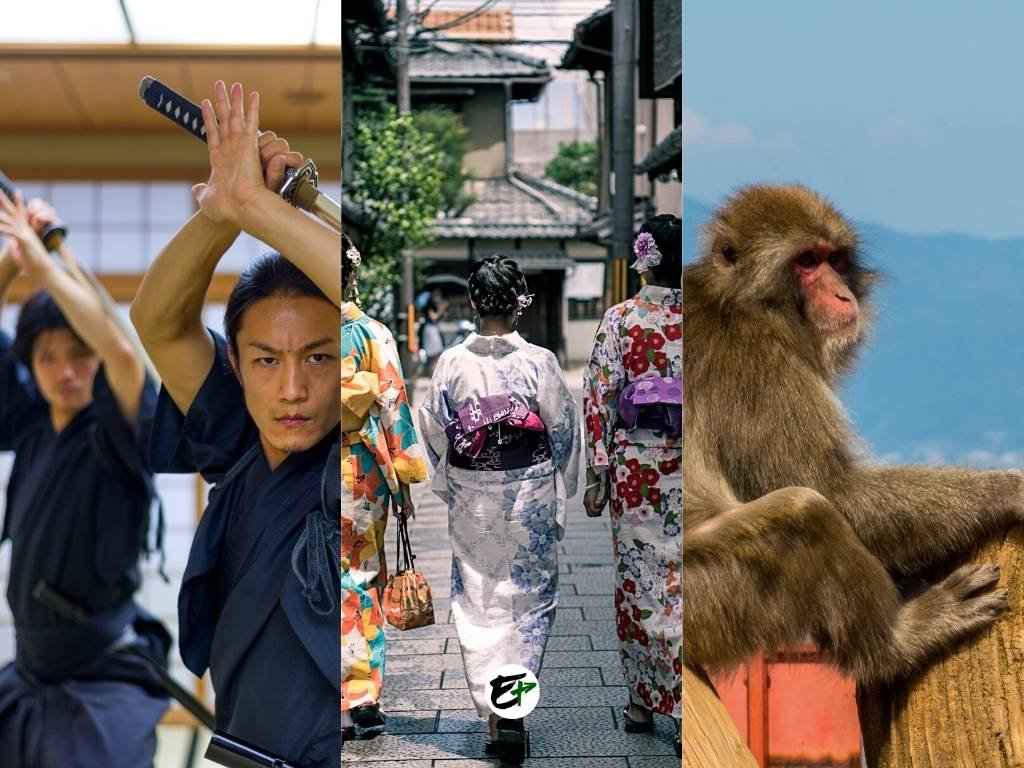
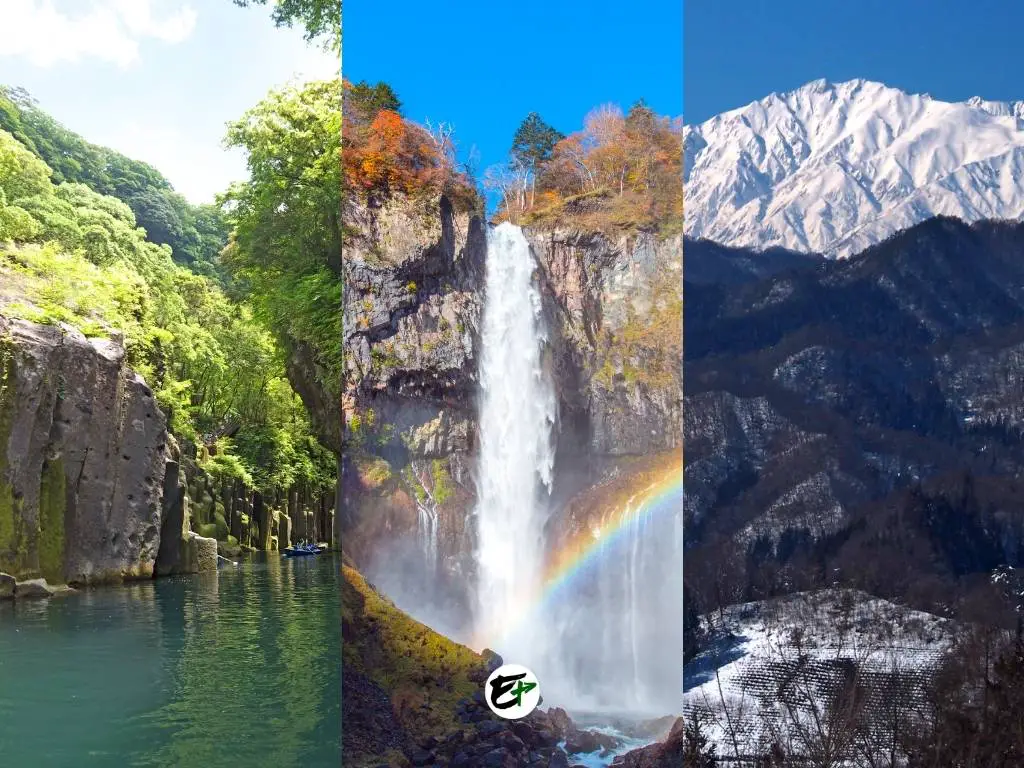
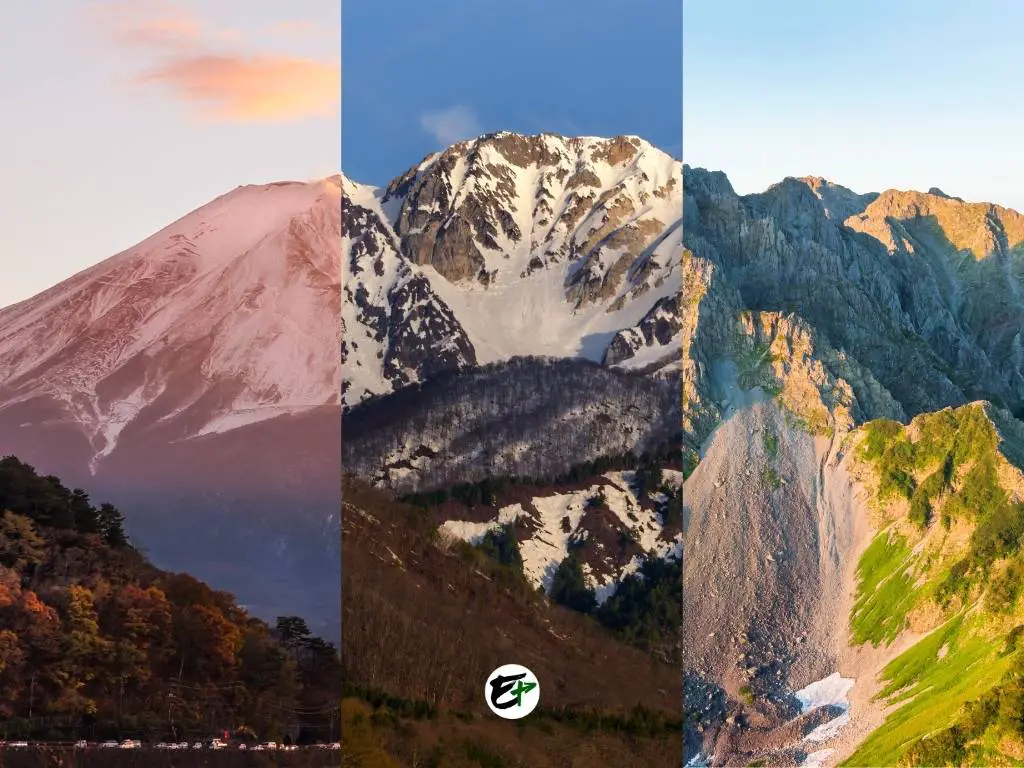
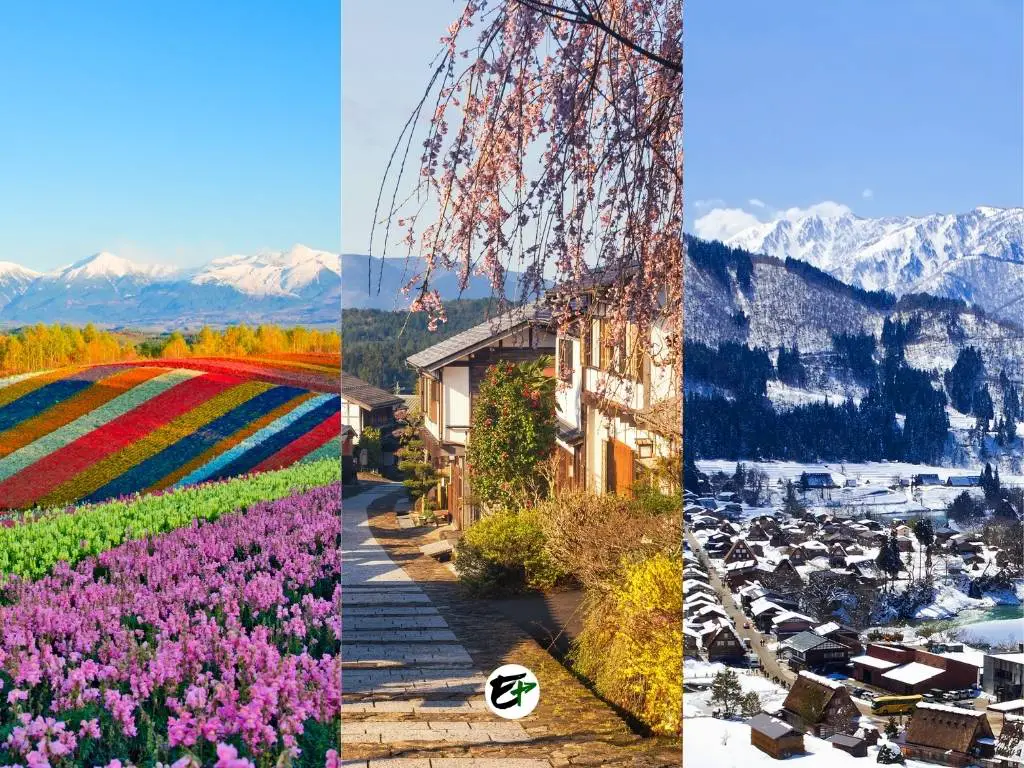
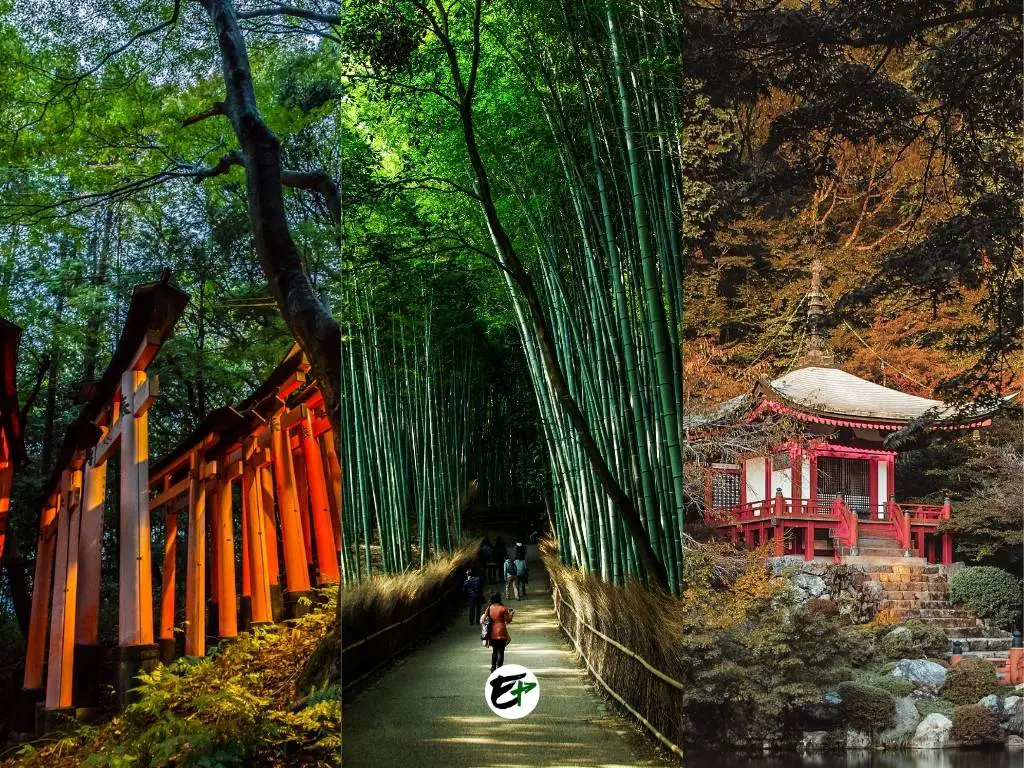
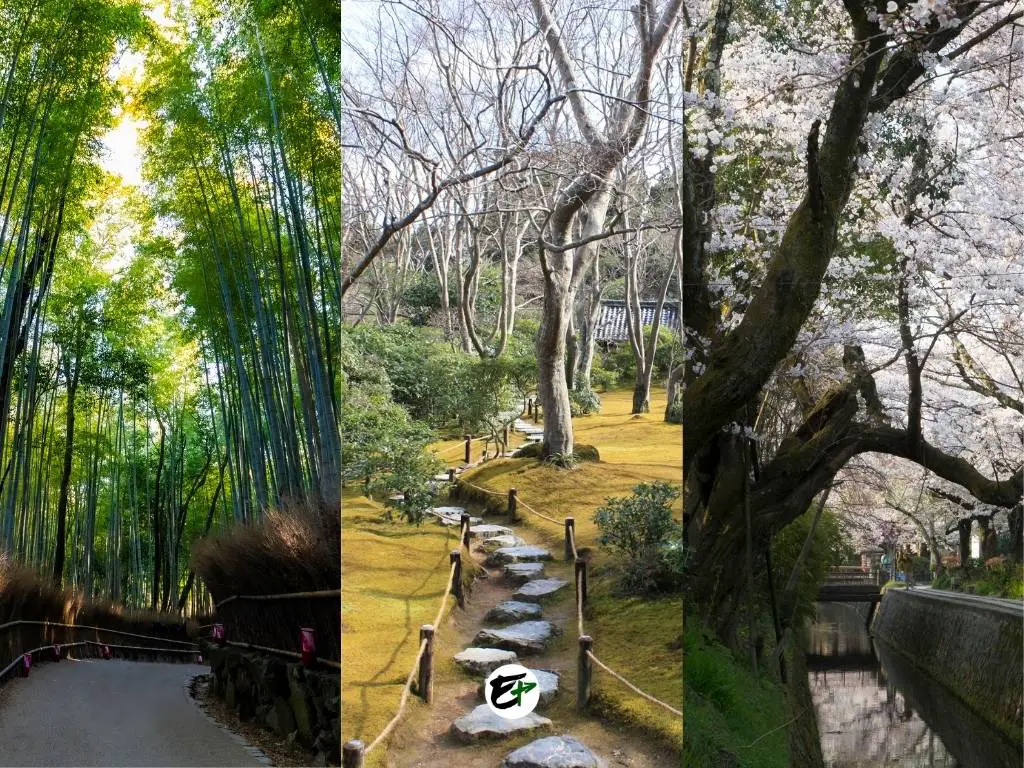

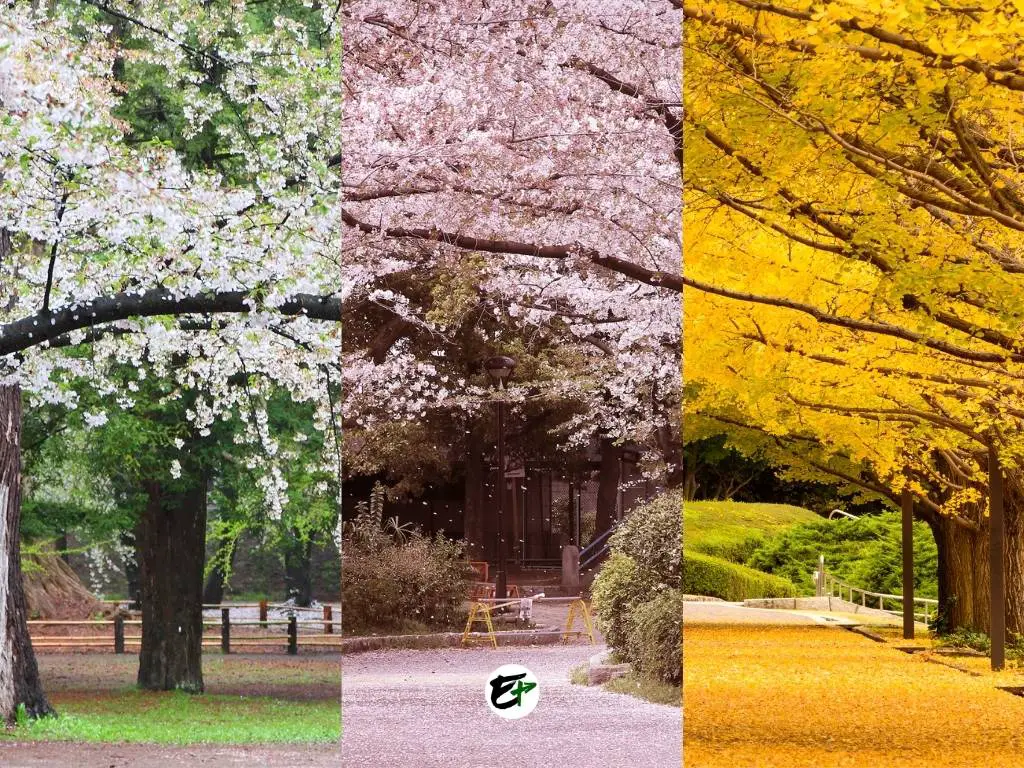
Here are some links you might need in planning your Japan trip: Great Hotel Deals in Japan & Top Experiences in Japan.
Lakes in Japan with a View of Mount Fuji
Mount Fuji is a symbol of Japan’s beauty. Its conical shape and ice-capped summit continue to attract people worldwide due to its spectacular and awe-inspiring image. It enhances the beauty of all surrounding areas, including the lakes.
There are five famous lakes in Japan where Mount Fuji can be seen in the background. These lakes, known as the Fuji Five Lakes, include Lake Kawaguchi, Lake Yamanaka, Lake Motosu, Lake Shoji, and Lake Sai. These lakes are located to the north of Mount Fuji, as you will notice looking at a map.
Most visitors are unaware of the lakes on the other side of the mountain. These lakes, which include Lake Ashi and Lake Tanuki, offer a unique and arguably more beautiful perspective for sightseeing Mount Fuji.
1. Lake Kawaguchi
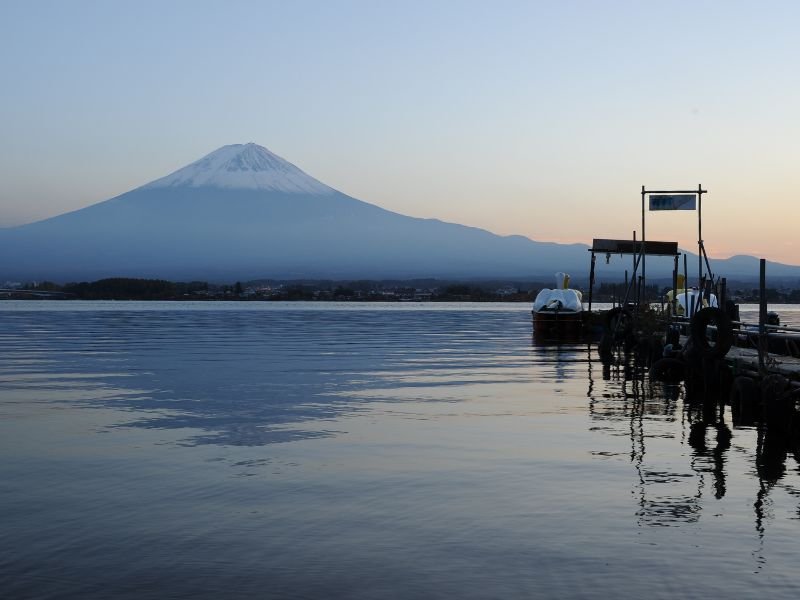
Let’s start with Lake Kawaguchi, the most accessible of the Fuji Five Lakes. This lake is nestled between Fujikawaguchiko and Minobu in the southern Yamanashi Prefecture. From here, we can enjoy an unobstructed view of Mount Fuji.
The lake offers numerous spots where we can stand in awe of its beauty. For me, the highlight of exploring the area is seeing the reflection of Mount Fuji on the lake. The sight is simply picture-perfect!
Many suggest that the best views of Mount Fuji can be enjoyed from the northern part of the lake. In this spot during spring, we can see cherry blossoms, adding an extra layer of stunning beauty to the view.
2. Lake Yamanaka
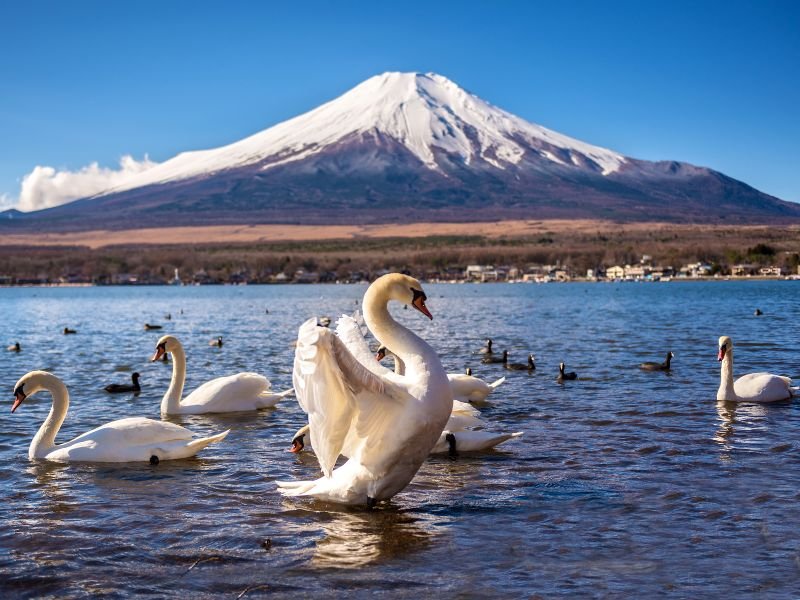
The next is Lake Yamanaka, which is the largest of the Fuji Five Lakes and the third largest in Japan. Its surface is situated at an altitude of 980 meters above sea level, providing a pleasing view with clouds closer to its surface.
Lake Yamanaka is located in the Yamanakako Village in Yamanashi Prefecture. Like Lake Kawaguchi, we can spot Mount Fuji from here without any obstruction. In clear and still weather, we can also see the lake reflecting Mount Fuji.
What caught my attention were the cute swans swimming in the lake. Some visitors refer to Lake Yamanaka as “Swan Lake” due to the many swans floating around.
However, the real charm of this lake is that it offers a view of the sun rising directly over the peak of Mount Fuji. This sight, coupled with the glittering lake or the reflection of Mount Fuji on it, makes Lake Yamanaka a truly beautiful destination to visit.
3. Lake Motosu
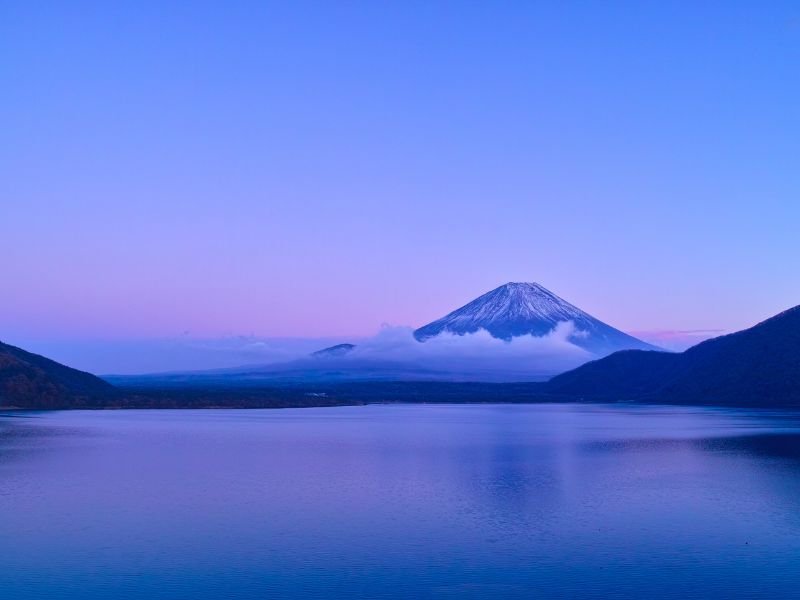
The third lake is Lake Motosu, the third largest and westernmost lake among the Fuji Five Lakes. It is located in Yamanashi Prefecture, straddling the borders of the Fujikawaguchiko and Minobu towns.
What’s interesting about this lake is that it’s the only one of the Fuji Five Lakes that never freezes during winter. Additionally, Lake Motosu is connected to the next lakes we will discuss, Lake Shoji and Lake Sai, through underground waterways. This fact might seem puzzling at first.
While scientific facts might not be the primary reasons to visit a lake, there’s something else that might convince you. Wait until you see the photo of the lake on the back of the Y5000 bill. Perhaps, it will persuade you why this lake is worth a visit.
4. Lake Shoji
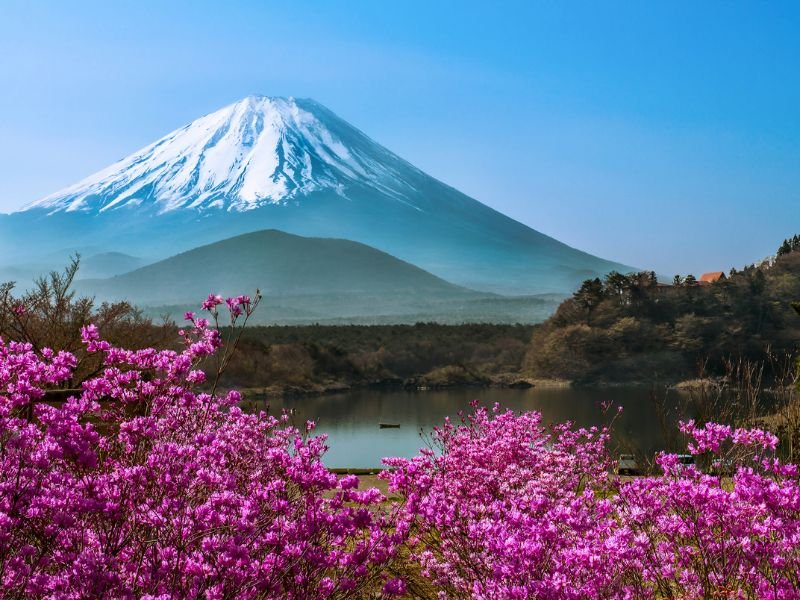
Now, let’s explore the other side of the spectrum. We’ve been talking the highest elevated and largest lakes, so it’s time to talk about the smallest of the Fuji Five Lakes, Lake Shojiko. This lake is situated between and connected to Lake Sai and Lake Motosu via underground waterways. These waterways level these lakes at the same altitude of 900 meters above sea level.
Despite being the smallest, Lake Shojiko is often referred to as the “Switzerland of East Asia.” This name originated from English explorers during the Meiji era who visited the lake and declared it as the place with the most beautiful mountain view, referring to Mount Fuji.
Lake Shoji offers a unique view among the Fuji Five Lakes. This is because Mount Omuroyama is directly in front of Mount Fuji when viewed from the lake. This view is termed “Kodaki-Fuji,” which means “child hugging Fuji.” Essentially, it depicts Mount Omuroyama being embraced by Mount Fuji.
5. Lake Sai
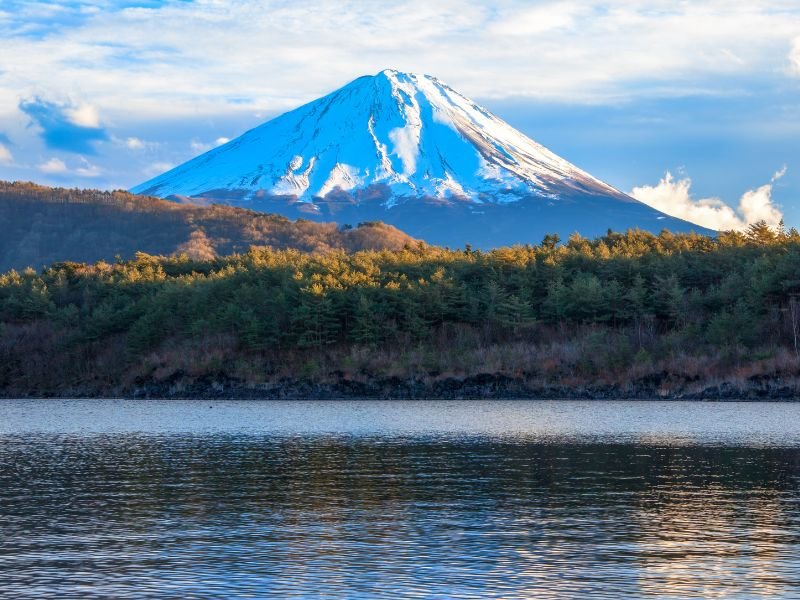
Last but not least among the Fuji Five Lakes is Lake Sai. It might be considered the least due to its similarities with the other lakes. However, it still offers a fantastic view of Mount Fuji, especially during autumn when the surroundings are adorned with vivid foliage colors.
Lake Sai is located in the town of Fujikawaguchiko in the southern Yamanashi Prefecture. Many people regard it as an excellent spot for fun activities such as canoeing, camping, fishing, and even windsurfing!
It’s a perfect place to sit back and relax in nature, with a beautiful view of Mount Fuji and panoramic vistas in the background.
6. Lake Tanuki
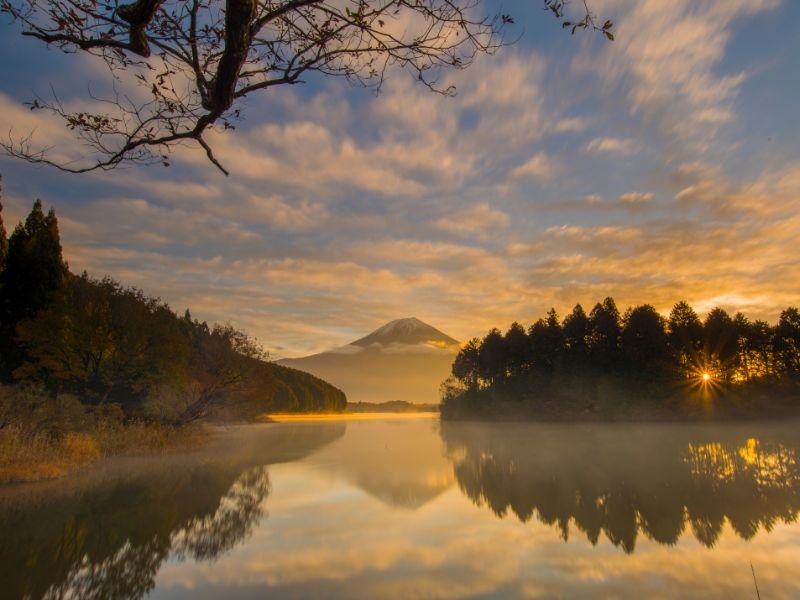
Before we move away from Mount Fuji, let’s discuss Lake Tanuki, which is located on the southern side of the mountain. This lake is situated in Fujinomiya city in the Shizuoka Prefecture. It is also part of the Fuji-Hakone-Izu National Park, which includes the Fuji Five Lakes.
Unlike the Fuji Five Lakes, Lake Tanuki was artificially created. The waters of the Shiba River were diverted, transforming a once swampy location into a tranquil lake. Today, it serves as a reservoir for irrigation and as an attraction for nature-loving tourists and photographers.
Like Lake Yamanaka, visitors and photographers at Lake Tanuki can also spot and capture the sun rising over the summit of Mount Fuji. The reflection of Mount Fuji and the rising sun on the lake creates a view that many people refer to as Double Diamond Mount Fuji.
7. Lake Ashi
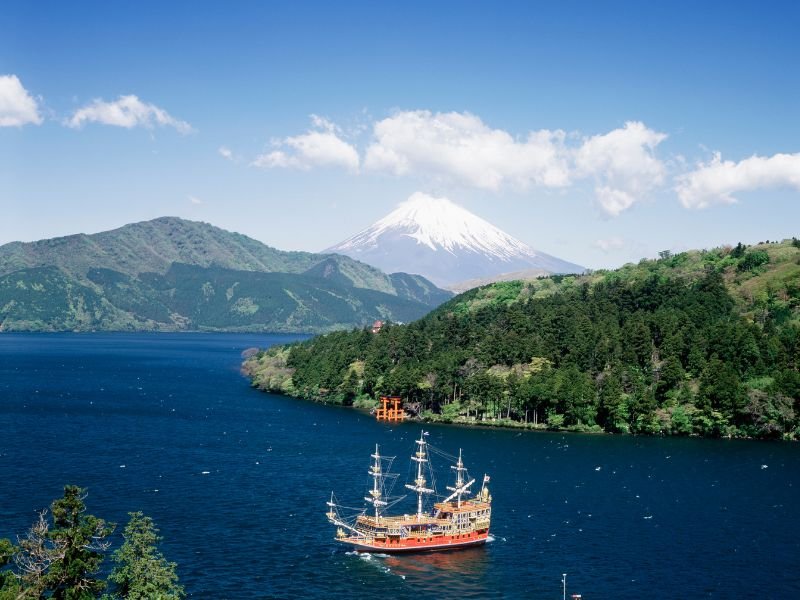
Lake Ashi is another lake in Japan where we can spot Mount Fuji above the pristine freshwater. This lake is a caldera that was formed by the eruption of Mount Hakone 3,000 years ago. It is located southeast of Mount Fuji in the Hakone area of Kanagawa Prefecture.
Although Mount Fuji can still be seen from Lake Ashi, the right timing and season are often needed to view it from the lake. Given the lake’s relative distance from Mount Fuji, we should not expect to see the mountain most of the time from the lake.
What makes this lake beautiful, aside from Mount Fuji in the backdrop, is the sight of the Hakone Detached Palace Garden and the sightseeing boats cruising on the lake. The boats sailing on the lake are not just ordinary boats – they resemble pirate ships!
Lakes in Japan with Views of Other Mountains
Lakes in Japan do not always need Mount Fuji to appear stunning and beautiful. Views of the lake with mountains in the backdrop, not necessarily Mount Fuji, are enough to make them truly attractive.
The combination of mountains and lakes is perfect for inspiring awe in anyone who sees them. Sometimes, these views can even evoke a feeling of restoration.
Here are some stunning lakes in Japan that you can visit and behold, each with mountains in the backdrop: Shiretoko Five Lakes, Lake Tazawa, Lake Chuzenji, and Lake Inawashiro.
8. Shiretoko Five Lakes
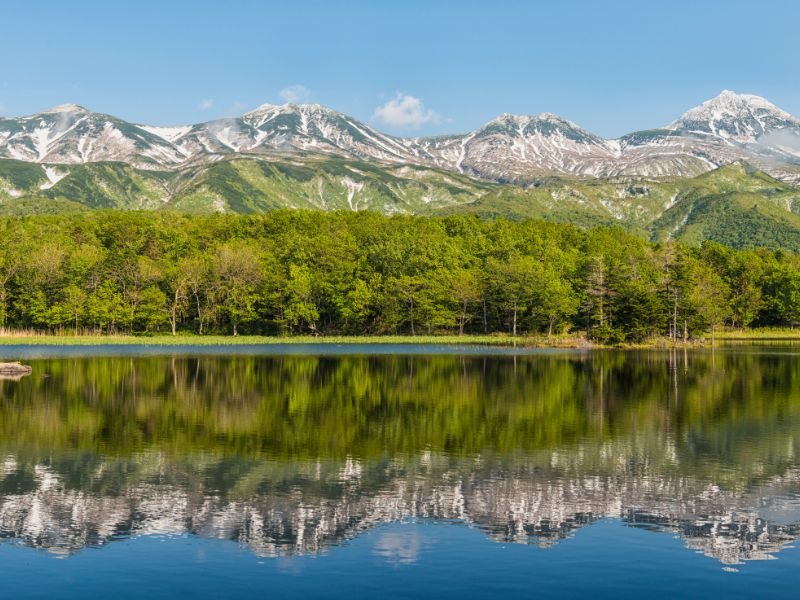
Shiretoko Goko, or Shiretoko Five Lakes, is a set of five lakes created by the eruption of Mount Io in the Shari District of Hokkaido. This remote location features raised boardwalks and trails filled with natural wonders.
On the raised wooden pavement, visitors can appreciate these natural wonders without disturbing the area’s natural setting.
Lake Yonko, one of the lakes in Shiretoko, captivated me when I first saw it. The sight of beautiful mountains covered with a thin layer of snow and the forest reflected in the lake creates truly breathtaking scenes.
9. Lake Tazawa
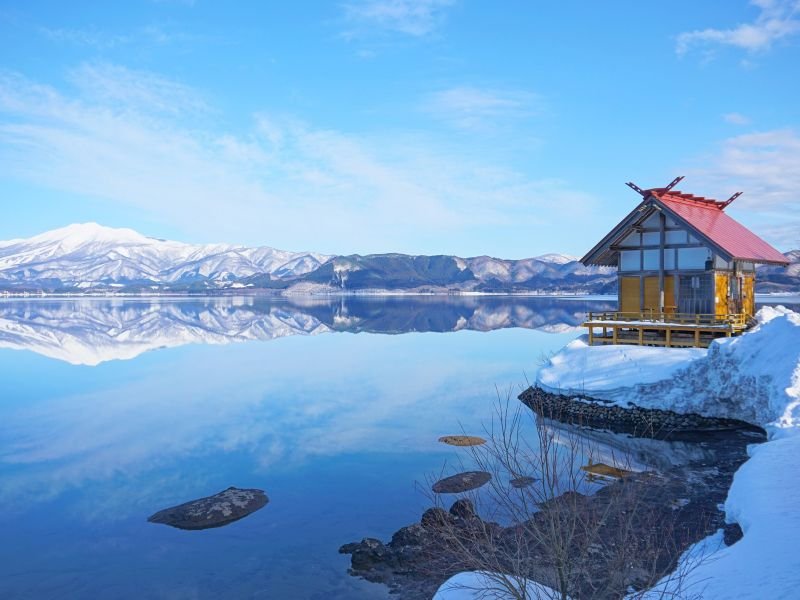
Located in Semboku City in Akita Prefecture, you can find the deepest lake in Japan, Lake Tazawa. Similar to Lake Ashi, Lake Tazawa is a caldera lake, formed after the collapse of a volcano following its eruption.
One of the most appealing parts of the lake is the Ukiki Shrine. Its colors contrast beautifully with the colors of the mountains and the lake during winter. The views of the lake are also lovely, even outside of winter, although they are not as stunning as when it’s snowing.
Another notable feature of the lake is the statue of Tatsuko, a folklore character who was cursed and turned into a dragon. This statue is located just beside the Ukiki Shrine. Together, they create a view that is irresistible to capture with our cameras.
On the other side of the lake, you can see the Gozanoishi Shrine with a red Torii facing the lake. This is also an Instagram-worthy spot that should not be missed when visiting Lake Tazawa.
10. Lake Chuzenji

Situated at an elevation of 1269 meters above sea level, Lake Chuzenji is one of Japan’s highest lakes. This location allows visitors to witness mystical scenery along the lakeshore, with clouds lying closer to the ground, a view that is most prominent during sunrise.
Lake Chuzenji is located in Nikko National Park, in the town of Nikko in Tochigi Prefecture. It is surrounded by rivers, mountains, and waterfalls, making the lake an ideal destination for nature lovers.
It’s important to mention that the stunning, majestic Kegon waterfall, which stands 100 meters tall, is located at the edge of Lake Chuzenji. This is a sight that everyone should not miss.
To truly experience absolute awe, a visit to Lake Chuzenji during autumn is recommended. The fall foliage, combined with the lake, waterfall, and mountains, creates a magnificent sight.
11. Lake Inawashiro
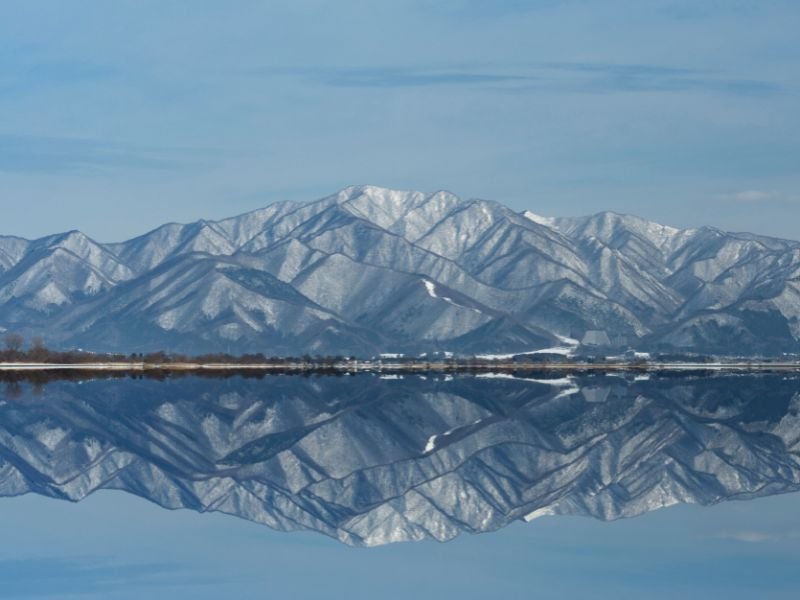
Lake Inawashiro may be the last lake listed in this section, but I guarantee it is one of the best discoveries you’ll make here. This is the fourth-largest lake in Japan, known as the “Heavenly Mirror Lake.” The lake earned this name because, during extremely calm weather, it reflects Mount Bandai like a mirror.
Anyone who sees this in person will undoubtedly be captivated by its incomparable beauty. The lake is located in Fukushima Prefecture and is situated at an altitude of 514 meters above sea level.
Aside from its crystal-clear and mirror-like waters, one of the things that should not be missed about Lake Inawashiro is the migration of snow geese along the lake shores.
Lakes in Japan with Extraordinary Appearance
Some lakes possess an unexplainable charm that makes them beautiful in their own right.
If you have the opportunity to travel beyond the common tourist attractions in Japan, such as Tokyo, Osaka, and Kyoto, these lakes could be the hidden gems you might be seeking on your trip to Japan. These lakes are Lake Kussharo, Goshikinuma, and Lake Kinrin.
12. Lake Kussharo
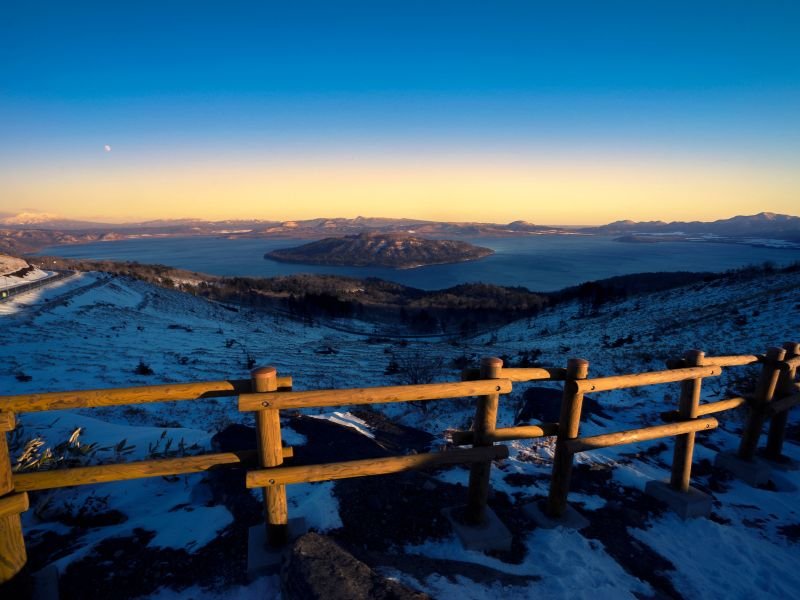
Located in Akan National Park in eastern Hokkaido, you’ll find Lake Kussharo, the sixth largest lake in Japan. This lake is a caldera lake, featuring a volcanic island at its center. This island is commonly referred to as “Nakajima.” In my opinion, it’s this feature that makes the lake stand out among other lakes in Japan.
Two notable events occur in Lake Kussharo. The first is the migration of the whooper swans during winter, which is certainly a sight to behold.
The second event is an environmental phenomenon known as Omiwatari, which also takes place during winter. Omiwatari can be observed when the ice on the lake forms cracks and pushes upwards. This phenomenon occurs due to the changing temperatures causing the ice to contract and expand.
13. Goshikinuma

Goshikunuma, also known as the “Five Colored Lakes,” was formed as a result of the eruption of Mount Bandai in 1887. The chemicals emitted by the volcano mixed with the water of the newly formed ponds and lakes, which are located 3 kilometers away from Mount Bandai.
The beauty of these lakes is largely characterized by their vibrant colors. However, the fall foliage enhances their beauty even further.
The contrasting colors of the foliage and the lakes create a stunning scenery in the park that is absolutely breathtaking.
14. Lake Kinrin
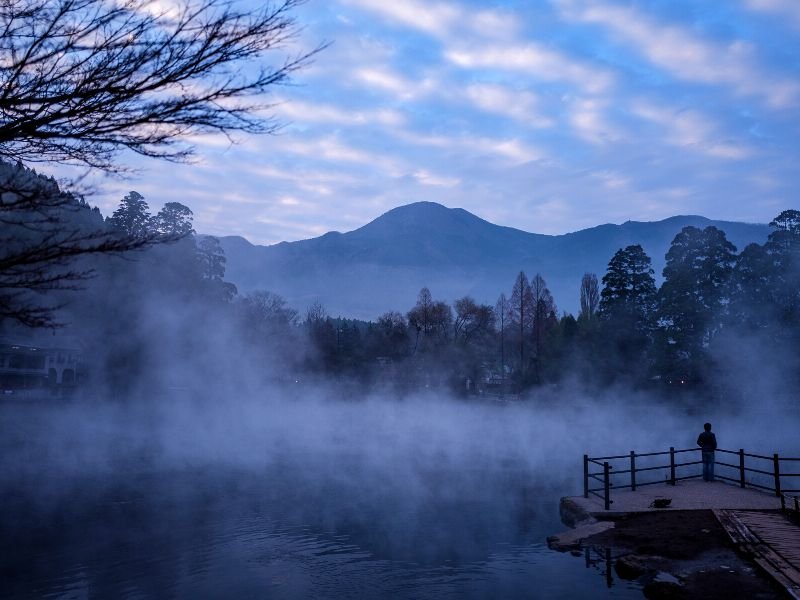
Lake Kinrin, located in Yufuin city in Oita Prefecture, is known for its mystical views. It is best known for its various onsen and the strange mists that form during the mornings of winter and autumn. These mists are caused by the mixing of hot and cold water.
The mist emanating from the lake itself contributes to its beauty. It seems to transport anyone who sees it into a fantastical world, reminiscent of elven dwellings.
Despite its small size, Lake Kinrin is made attractive by the beautiful trees surrounding it, especially during autumn. The compact area of Lake Kinrin allows visitors to walk around it, witnessing the lake change colors depending on what is reflected on its surface.
Final Thoughts About the Lakes in Japan
Learning about these lakes in Japan has made me really excited to visit the country as soon as I can. Japan has stunning lakes that are beautiful to see at any time of the year, no matter the season. The sight of lakes with Mount Fuji and other mountains in the background is particularly inviting!
But remember, since lakes are natural sights, their beauty can change depending on things like the weather and the time of year. So, it’s always a good idea to keep our expectations realistic when we plan to visit them. This way, we won’t be let down.
Also, you might want to check out my other blog post about Japan’s natural wonders. It talks about more cool places in Japan, not just the lakes.
If you want to visit the lakes I mentioned, helpful information is linked below.
- Lake Kawaguchi
- Lake Yamanaka
- Lake Motosu
- Lake Shoji
- Lake Sai
- Lake Tanuki
- Lake Ashi
- Shiretoko Five Lakes
- Lake Tazawa
- Lake Chuzenji
- Lake Inawashiro
- Lake Kussharo
- Goshikinuma
- Lake Kinrin
Save it on Pinterest.






